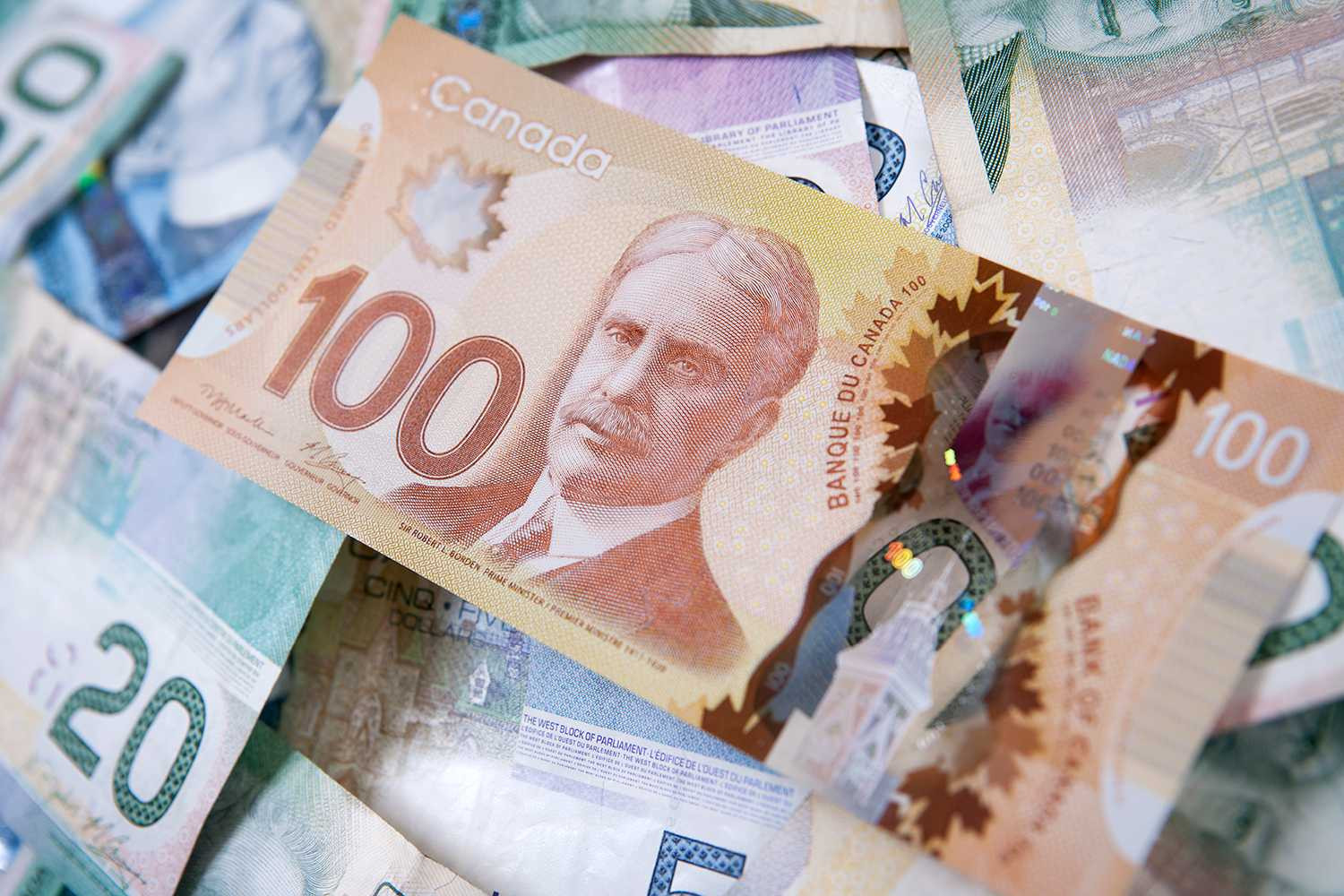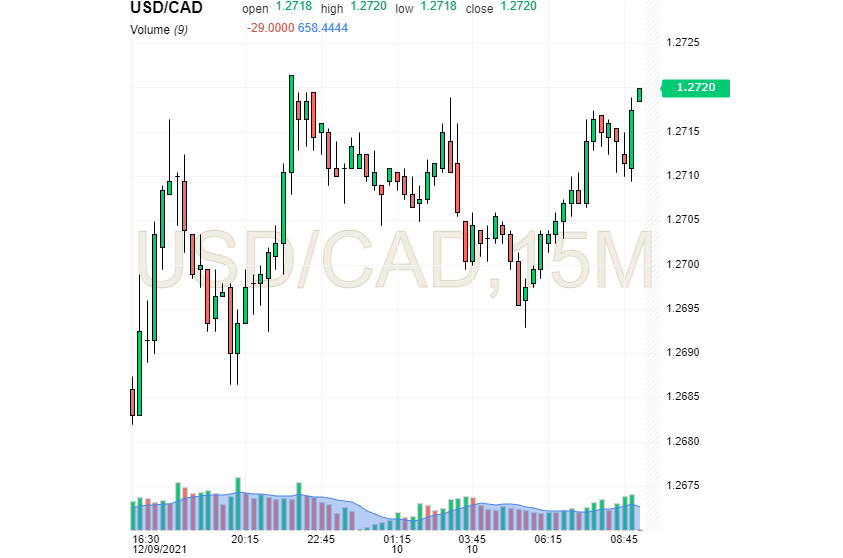
The Canadian dollar is struggling to find balance after slightly rising in the run-up to the meeting of the Bank of Canada on Wednesday.
In its latest meeting on December 8, the Canadian central bank left the key interest rate unchanged at 0.25%. The Bank of Canada decided it was not the time for a hawkish policy shift at the moment, and that the current economic slack would be mitigated by mid-2022.
The new Omicron strain of COVID-19 put pressure on the Canadian economy, as supply chain issues and falling consumer demand led to increased uncertainty. Supply problems have weighed down on several sectors of the Canadian economy, being detrimental to price formation. However, the economy of Canada has significant upside potential in 2021, economists note.
In October 2021, the Bank of Canada surprised the markets by ending the QE program and signalled that the interest rate could occur as early as the second quarter of 2022. The regulator's action boosted the Canadian economy, which is in robust recovery after the lifting of quarantine measures. In November, employment grew by 153,000, beating market expectations. With unemployment rates slightly lower now than before the pandemic, the economy is at full employment.
The Canadian dollar found support in the current economic situation, as well as the moderate rise of inflation. Although the inflation rate in Canada matched the 2003 high and reached 4.7% year-on-year, it was still well below record high levels reported in the US.
Tighter quarantine measures enacted in the UK due to the spread of Omicron and strong US labor market data put pressure on CAD. The Canadian currency went down on Thursday, December 9. In the US, the amount of new jobless claims decreased by 43,000 to 184,000, reaching the lowest level since 1969.
In this situation, USD/CAD went on a slight increase, hovering around 1.2655. The pair extended its upside on Friday, reaching 1.2720 and trying to settle at that level.

The Bank of Canada's officials are wary of factors that could boost inflation. The regulator sees the key interest rate unchanged until Q2-Q3 2022. By that time, the impact of the pandemic should be mitigated, and the inflation rate would return to the target level of 2%. According to the central bank's board of directors, current macroeconomic data indicates the Canadian economy should maintain its upside momentum.
Many market players expect the Bank of Canada to follow other major economies and tighten its monetary policy. Investors are pricing in 4-5 increases next year, depending on the economic data.
The loonie found additional support in rising oil prices. This week, Brent crude oil reached the high of $75 per barrel before retreating on Friday, raising concerns among traders. Market players expect the commodity market to recover, with oil prices growing to $80 per barrel. Rising oil prices would likely push the Canadian dollar up further.





















